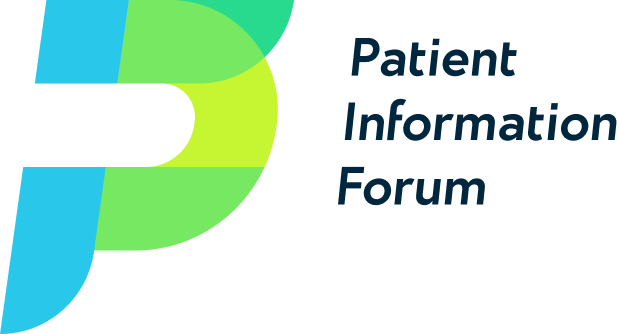Many patients with cancer, including older patients aged 65 or over, consult the web to prepare for a doctor’s visit.
In particular, older patients have varying needs regarding the way in which the information is presented owing to age-related sensory and cognitive decline.
The authors believed web-based information targeted at older patients is likely to be used and processed more effectively, and evaluated more positively, when tailored to age-related capabilities and preferences. This, in turn, may benefit patient outcomes.
Their randomised controlled trial tested the effects of a web-based tailored educational intervention among newly diagnosed younger (<65 years) and older (≥65 years) patients with cancer.
Researchers compared the intervention group who viewed a mode-tailored website, for example allowing patients to tailor information using text, visual and audiovisual modes, with three control groups who viewed a non-tailored website – text, text only and text with videos.
They examined website experience outcomes and consultation experience outcomes.
The trial found the preparatory website was well used across all conditions.
Younger patients viewing the mode-tailored website were more satisfied before consultation and reported lower anxiety after consultation.
This pattern was not found in older patients.
Mode tailoring yielded no other significant differences in patient outcomes.
The authors concluded offering preparatory online information before consultations benefits information processing and patient outcomes of both younger and older newly-diagnosed patients with cancer.
Younger patients benefit even more when information is offered in a mode-tailored manner.
Nguyen MH, Smets EM, Bol N, Loos EF, van Laarhoven HW, Geijsen D, van Berge Henegouwen MI, Tytgat KM, van Weert JC, Tailored Web-Based Information for Younger and Older Patients with Cancer: Randomized Controlled Trial of a Preparatory Educational Intervention on Patient Outcomes, J Med Internet Res 2019;21(10):e14407, DOI: 10.2196/14407, PMID: 31573911

